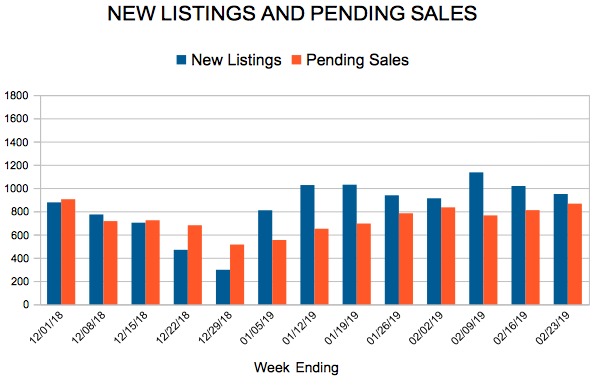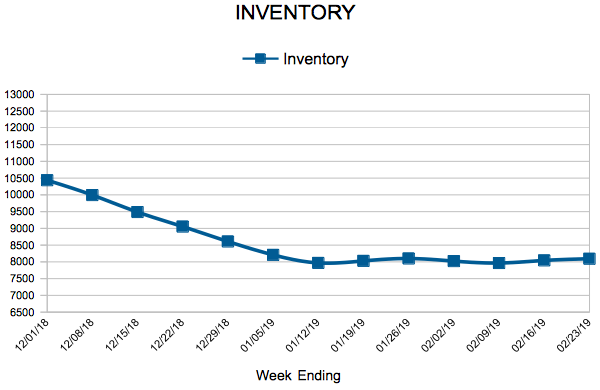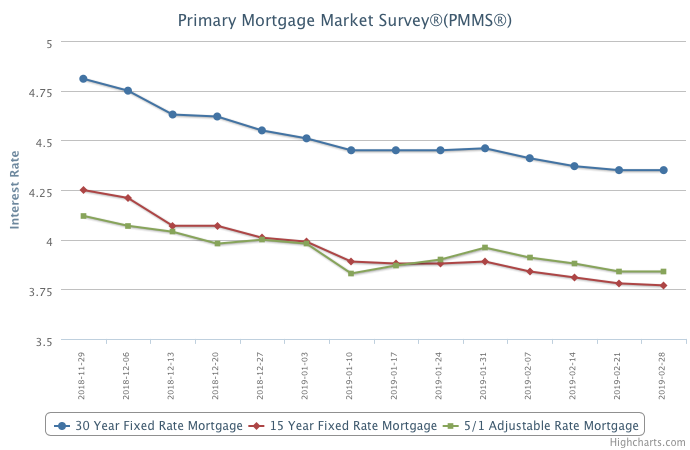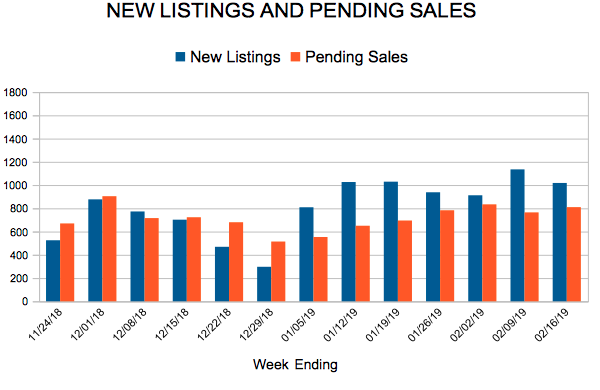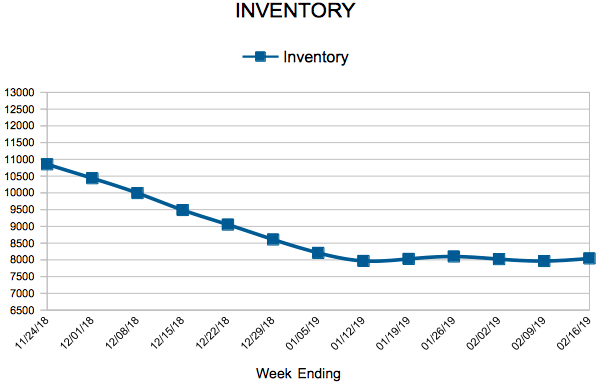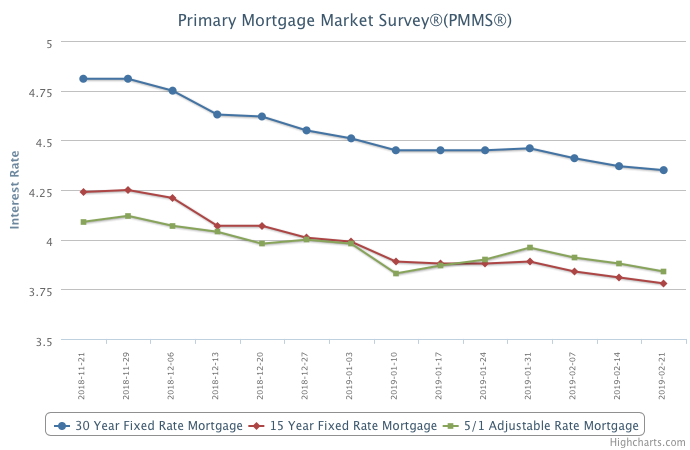
March 7, 2019
While mortgage rates very modestly rose to 4.41 percent this week, they remain below year-ago levels for the fourth week in a row. In late 2018, mortgage rates rose over a full percentage point from the prior year, which was one of the main reasons that weakness in home sales continued into early 2019. However, the impact of recent lower rates and a strong labor market has led to a rise in purchase mortgage demand as we start the spring homebuying season.
Information provided by Freddie Mac.

